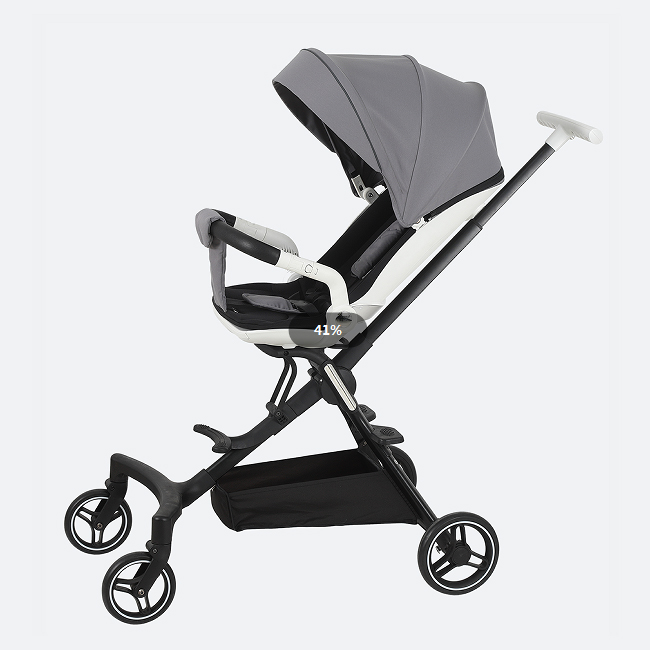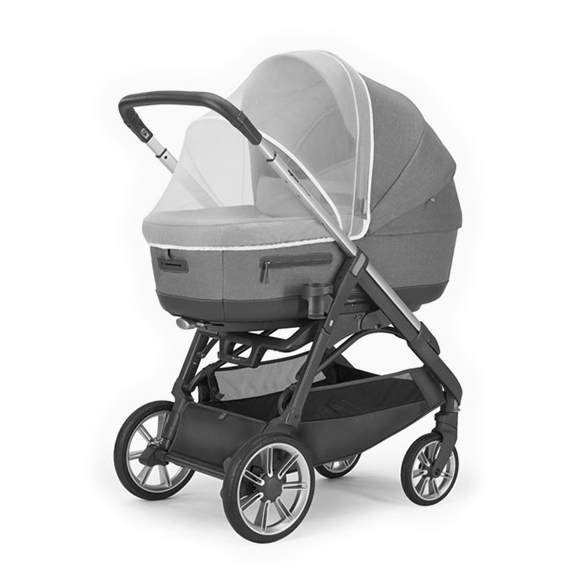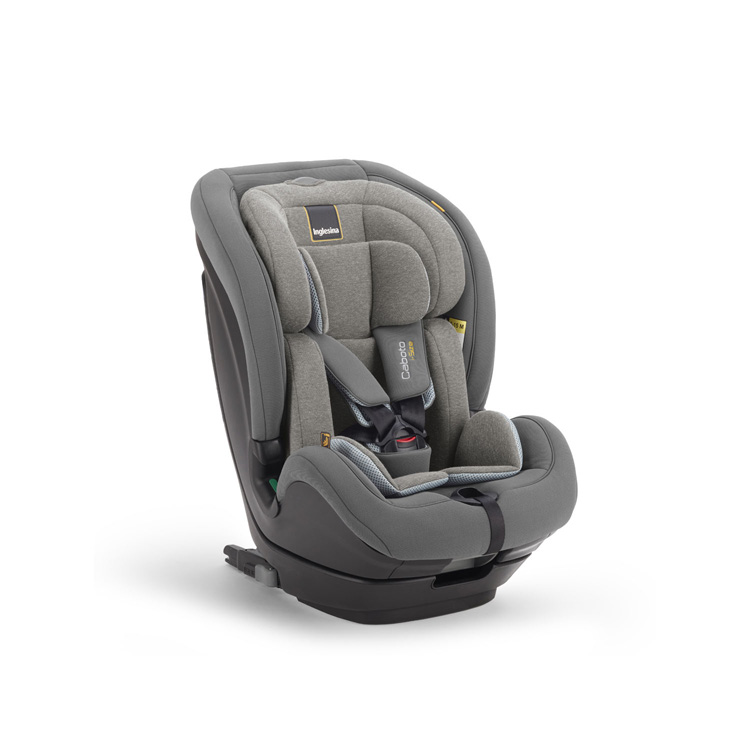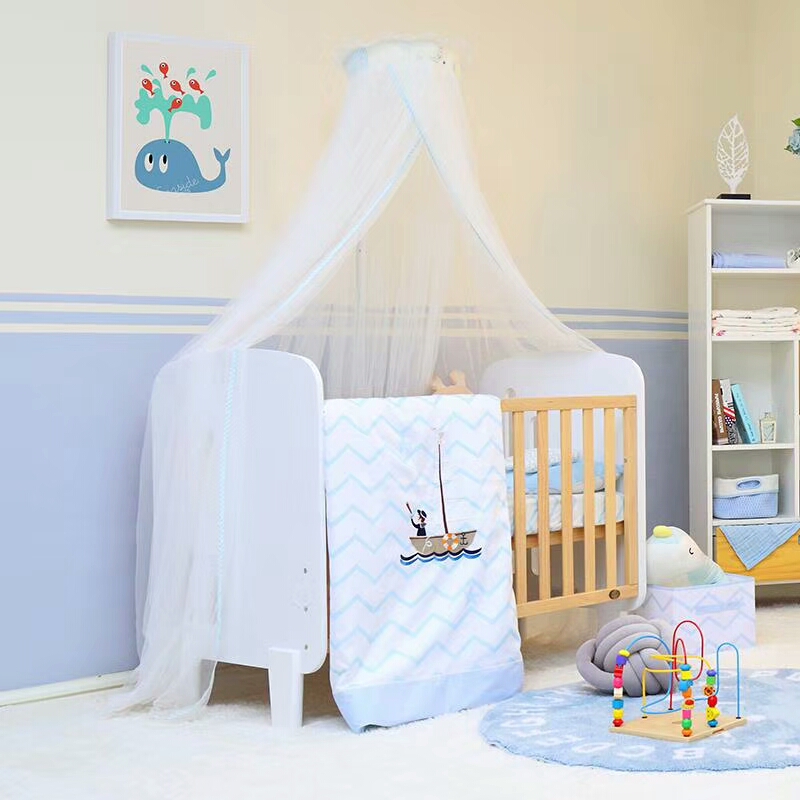1. Baby Stroller Design: Invisible "Guardian" or "Destroyer" of Spinal Health
Pediatric experts emphasize that for babies aged 0–6 months, the spine is still in an "unformed," soft state, akin to a blank sheet of paper waiting to be shaped. At this stage, a stroller with a flat design becomes key to protecting the spine. When the baby lies flat, the spine maintains a natural straight line, with even pressure distribution between vertebrae—like resting on a comfortable plane that provides an ideal environment for healthy spinal development.
However, some strollers with soft backrests, while seemingly gentle on the skin, hide dangers. These soft backrests are like fluffy marshmallows: when the baby lies on them, their body sinks deeply, causing the spine to curve unnaturally. Prolonged use disrupts the normal growth process of the vertebrae, much like a sapling growing crooked, which can easily lead to developmental issues such as scoliosis. Parents should firmly reject soft backrest designs when choosing a stroller.
The shock absorption system is another critical factor for spinal health. A baby’s spine, as fragile as glass, cannot tolerate strong vibrations. A high-quality shock absorption system acts as a gentle "buffer guard," resolving road bumps and impacts through springs, airbags, and other devices—so the baby barely feels any jolts. In contrast, strollers without effective shock absorption transmit every bump directly to the spine. Frequent vibrations can interfere with spinal development and even damage vital structures like the spinal cord. When purchasing, parents should test the stroller by pushing it on different terrains to assess its shock absorption performance.
2. Safety Details: Building a "Protective Wall" for Spinal Health
Beyond design elements directly related to spinal health, safety features like seat belts and braking performance are vital defenses for the baby. A seat belt acts as a solid "safety net": a five-point or three-point harness securely fixes the baby to the stroller seat from key areas like the shoulders and waist, preventing falls caused by shaking or sudden movements. Meanwhile, soft, skin-friendly belt materials avoid friction damage to the baby’s delicate skin, like a comfortable "protective suit."
Braking performance serves as the stroller’s "stabilizing force." Whether stopping briefly at a mall entrance or resting on a sloped path, a reliable braking system keeps the stroller firmly in place, eliminating risks of accidental sliding, collisions, or rollovers—creating a safe, stable environment for spinal health. Parents should repeatedly test the brake mechanism to ensure it is easy to operate and securely locks.
3. High View Stroller VS Lightweight Umbrella Stroller: "Travel Partners" for Different Scenarios
(I) High-View Stroller: A Comfortable Choice with "Elevated Appeal"
With its raised seat position, the high view stroller places the baby on a "observation deck," keeping them away from ground-level pollution while offering a wider field of vision—like a "sky garden" for exploring surroundings. For parents, it allows easy interaction without frequent bending, narrowing the distance between caregiver and child.
Whether strolling along park paths or navigating shopping mall aisles, the high view stroller excels in providing a comfortable ride. However, it has drawbacks: its large size and weight make storage and portability challenging, and it comes with a higher price tag. If parents mostly frequent flat areas and prioritize riding comfort and visibility, the high view stroller is a worthy option.
(II) Lightweight Umbrella Stroller: A Convenient Choice of "Compact Flexibility"
The lightweight umbrella stroller, with its portable design, has become a "powerful assistant" for on-the-go parents. Like a folded umbrella, it is compact enough to fit into a car trunk or be carried on public transport. Its one-hand quick-fold feature allows easy operation even when parents are busy.
For daily short trips—such as visiting a nearby convenience store or walking in the community garden—the lightweight umbrella stroller meets needs efficiently. While it lags slightly in shock absorption and comfort, its convenience is unmatched. For parents who frequently travel with their baby and value portability, this stroller is the better choice.
4. Age-Appropriate Purchase: A "Customized Plan" for the Baby’s Growth Rhythm
A baby’s growth is dynamic, with different stroller needs at each stage. For 0–6-month-olds, spinal development requires special care: choosing a flat-lay stroller with excellent shock absorption is essential. After 6 months, as the baby learns to sit, stand, and turn their head to explore, a stroller with an adjustable seat angle becomes ideal, allowing them to sit up to observe or lie down to rest as needed. As the baby grows and their mobility increases, so do the demands for stroller functionality and portability. Transitioning from a stable, large stroller to a lightweight, easy-to-carry model is like tailoring equipment to their growth—ensuring both spinal health and a better travel experience. Ignoring age-appropriate selection may result in inadequate support, hindering physical development. By focusing on design integrity, safety details, scenario suitability, and age-based needs, parents can navigate the stroller-buying process with confidence, ensuring their baby’s spine develops in a healthy, protected environment.






